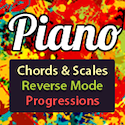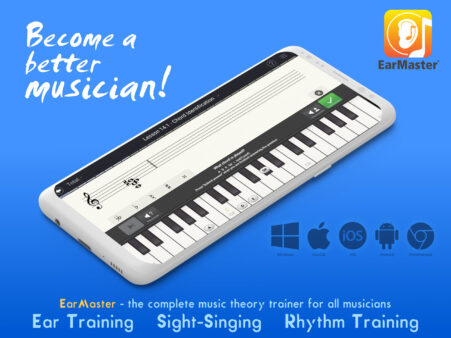Develop Active Listeners Through a Dynamic Series of Group Piano Activities
presented by Cindy Tseng, NCTM

Ms. Tseng outlined five types of listening activities:
- Expressive Copycat
- Creative Story Effects
- Group Recording Session
- Music Review
- YouTube Listening
She went on to give specific activity ideas that could be implemented in each category. In Expressive Copycat, she emphasized that students may understand that a forte marking means loud, but they don’t hear the difference between how they are playing and what a forte sound should sound like. Expressive Copycat utilizes fun activities that encourage students to listen and then imitate sounds made either by the teacher, or even by other students (in the Team Copycat activity).
In Creative Story Effects, students are encouraged to write a short story accompanied by keyboard sound effects. Ms. Tseng showed numerous video clips of her students “in action” to help us actually see what the ideas look like in practice. This was very helpful! Her students did this as a group activity, enabling even shy students who might otherwise be resistant to improvisational activities to be incorporated into the activity. She also encouraged reading a familiar children’s book while improvising sound effects. This is a great way to reinforce new concepts as students learn them in their lesson.
In Group Recording Session, students become aware of how they are playing and how they sound as a group. Then, they are encouraged to do both a group assessment and a self assessment. She demonstrated this by having all the attendees sing “Twinkle, Twinkle, Little Star” together and then recording and playing it back for us so that we could assess it. She gave a list of elements for us to consider and asked how we could make it more interesting. Various audience members gave suggestions: add harmony, shape the phrases, stress specific syllables. Then, she recorded again and asked for input on how we felt about the second recording. It was amazing how much more musical the second recording was, in part just because each vocalist was more aware of the musical components of their singing.
There are a variety of ways to evaluate a recording session: Re-analyze the score, use musical element flashcards to consider particular elements, take the score to the next level, two way demonstration. The teacher may have an idea of what would improve the quality of the music, but it’s important to lead the student to his/her own understanding of what will sound better. To encourage higher level performance, Ms. Tseng has each group put together a music album. Each group selects a group name, and group members take turns being the group manager from week to week. The results of this activity are that students play under “performance mode” and learn to articulate what they have heard and how to identify problems and postulate solutions.
In the Music Review activities, both student and teacher performances are used. Sometimes the teacher should play a piece very well; other times it is beneficial to play without dynamics and musical phrasing just to help students realize the difference in sound. Ms. Tseng has developed music review sheets on which specific elements are outlined – one sheet is designed to be used without the score and included areas like texture, form, and articulations; one is designed to be used without the score, and students are expected to identify what they heard or didn’t hear in specific measures. Students can provide either written or verbal feedback.
Students are encouraged to do YouTube listening using a “Listening Guide Sheet.” This is a great venue for observing ensemble playing and introducing new concepts. They are also building a musical vocabulary that enables them to understand and communicate effectively. To create a “Listening Guide Sheet,” select three to four areas for them to listen for from a list of options: dynamics, articulation, tempo, mood, texture, rhythmic pattern, melodic contour, harmony, silence. Students are especially motivated to learn pieces that they’ve listened to and evaluated!
This was an incredibly inspiring workshop that was fabulously presented! I look forward to pondering these ideas much more in the coming weeks.













Leave a Reply